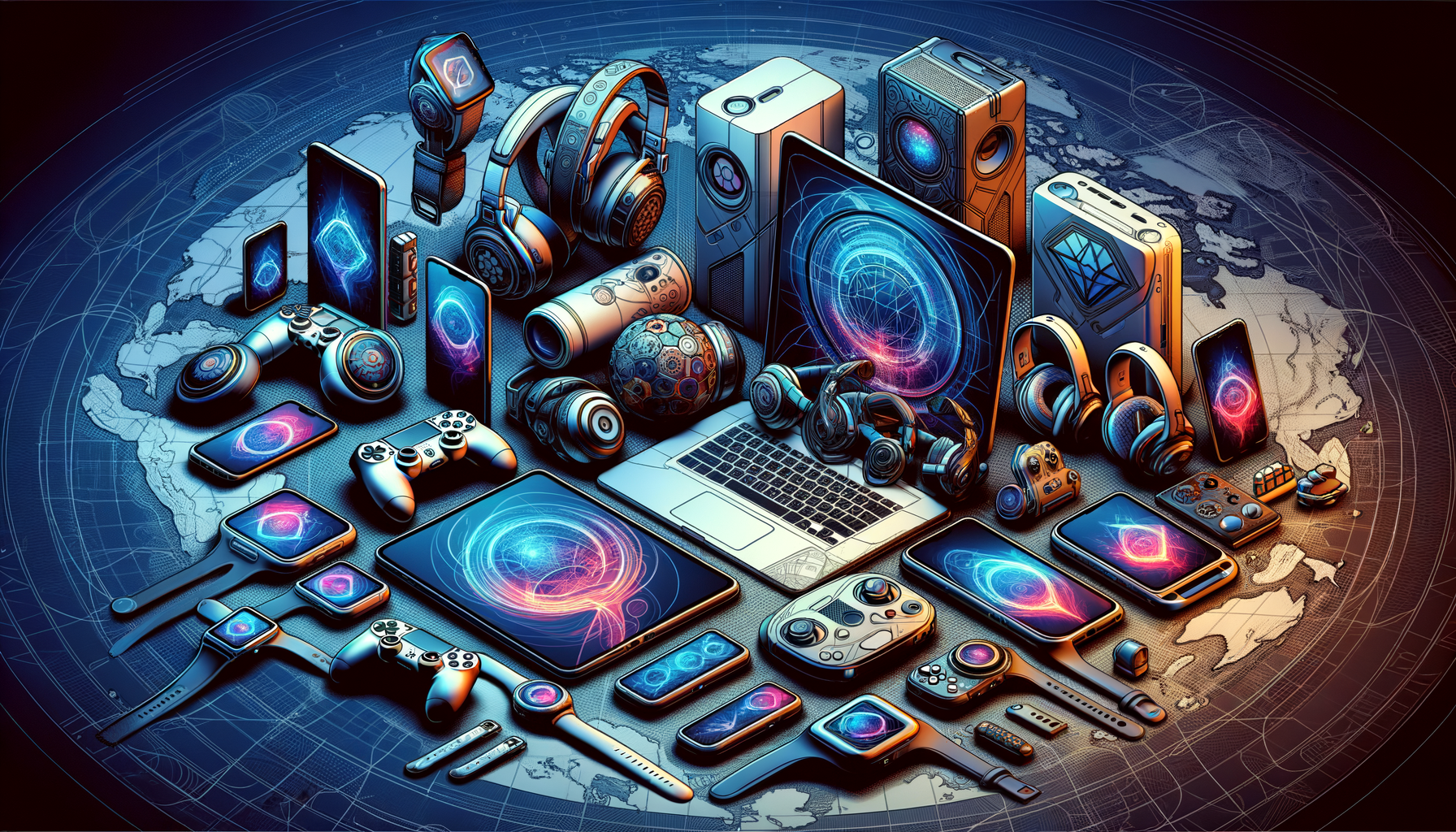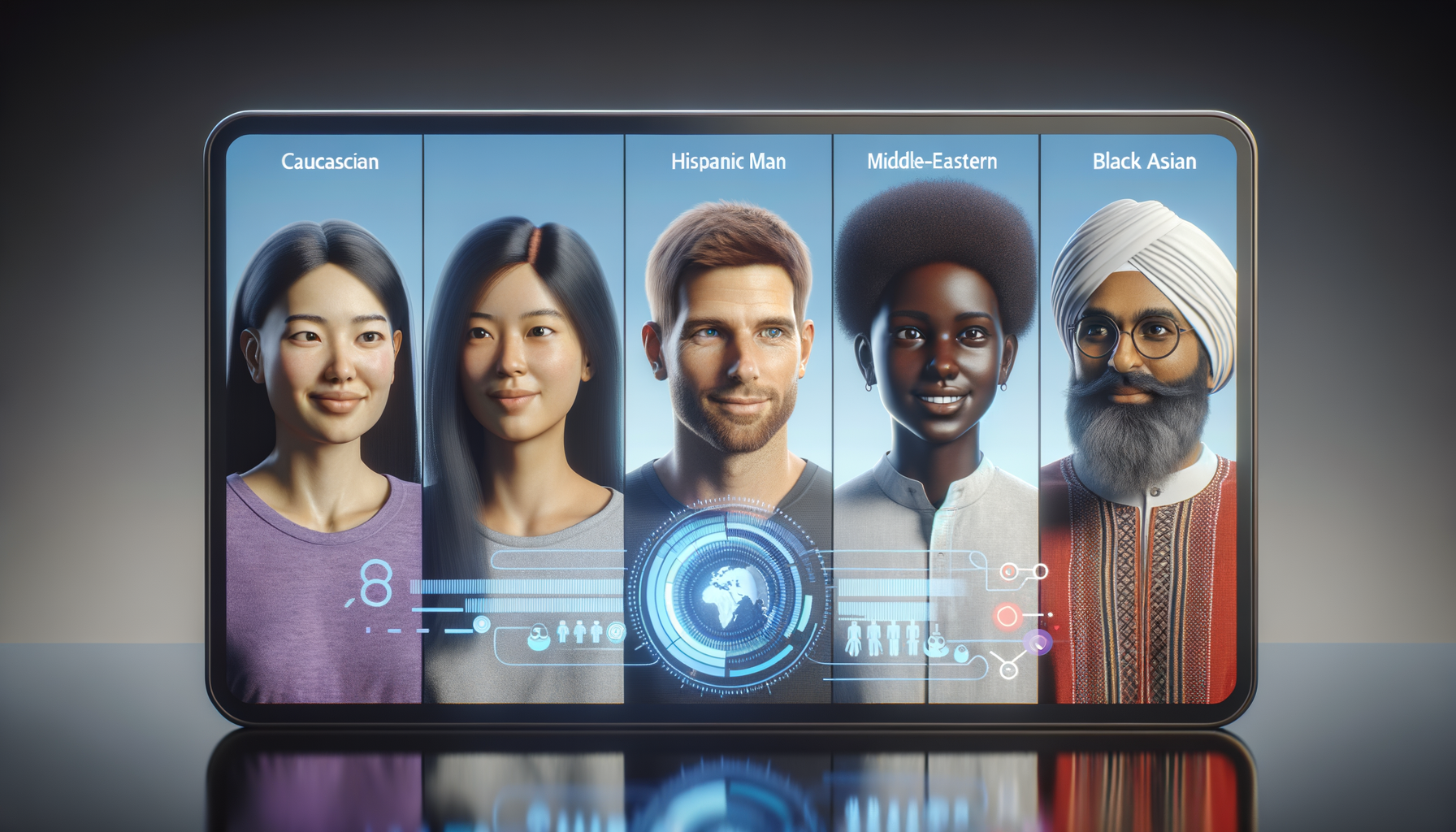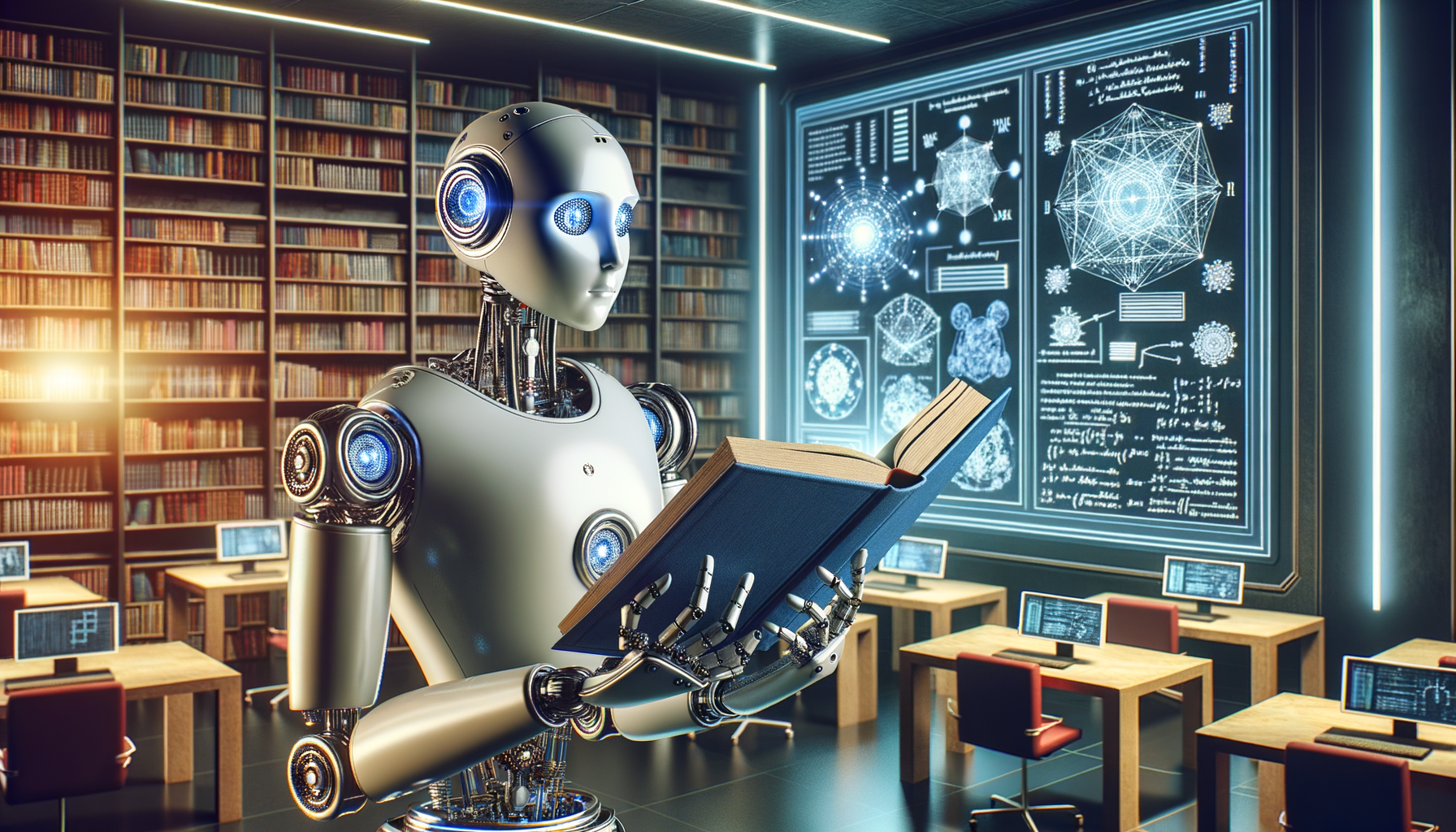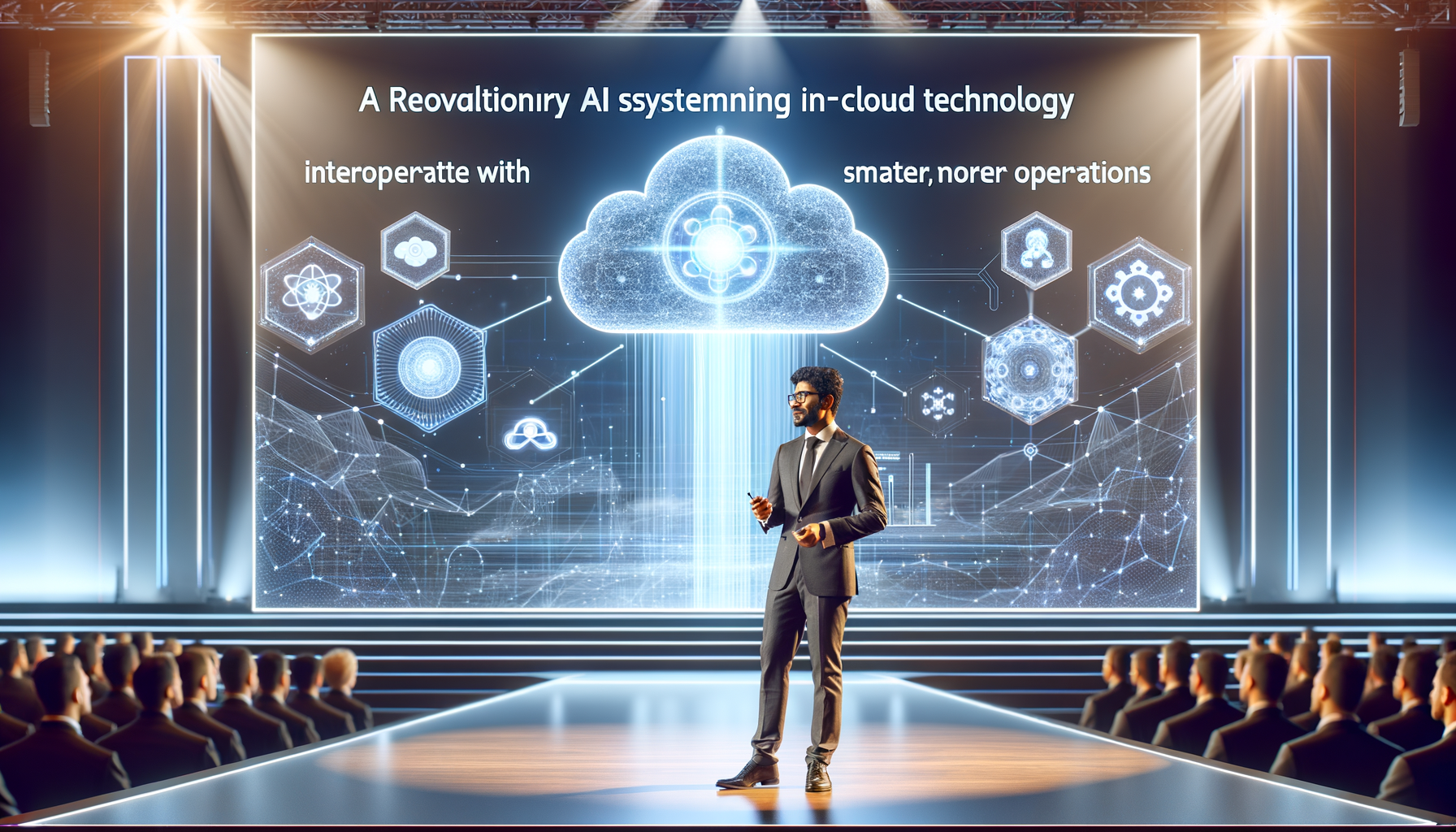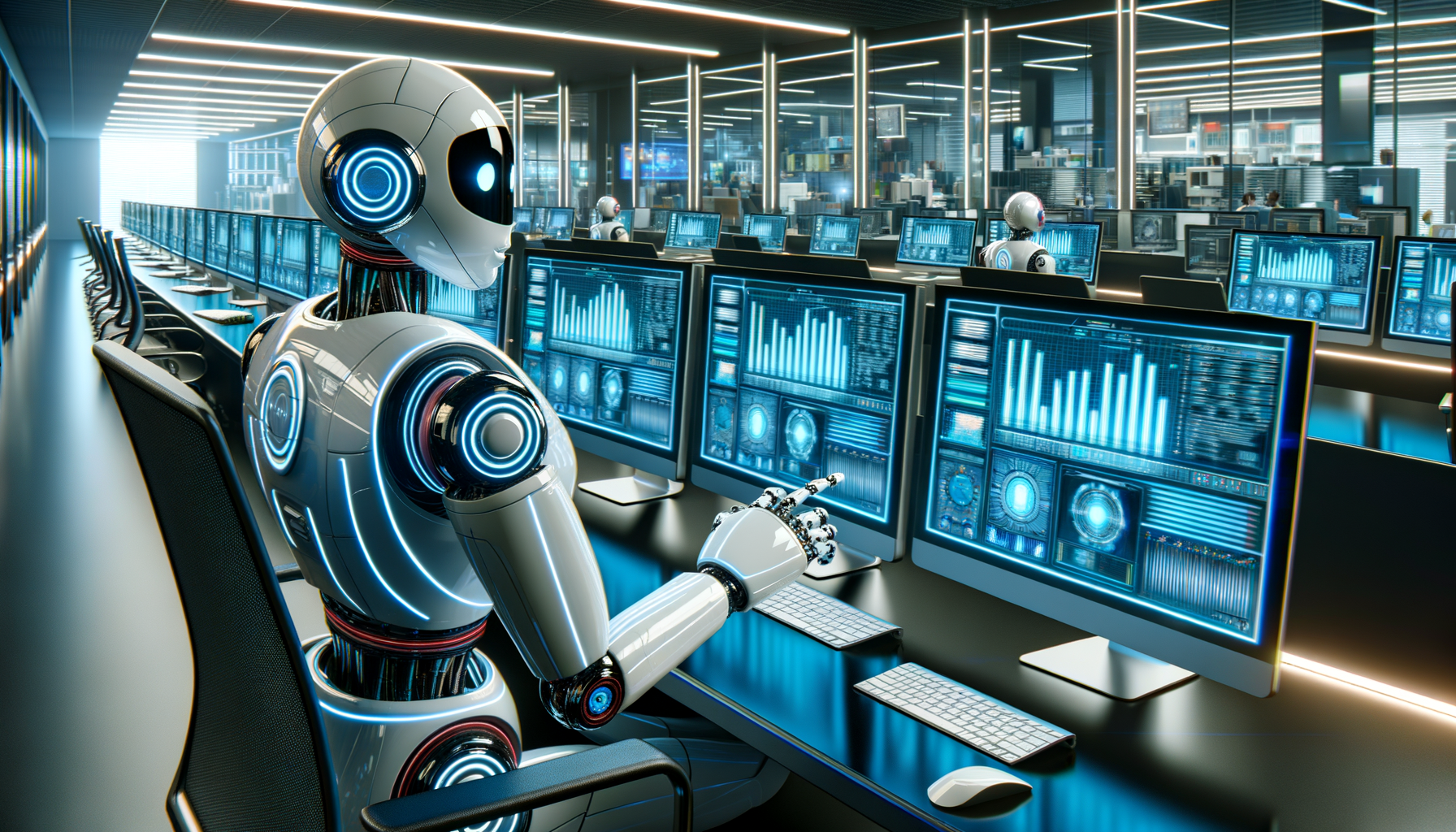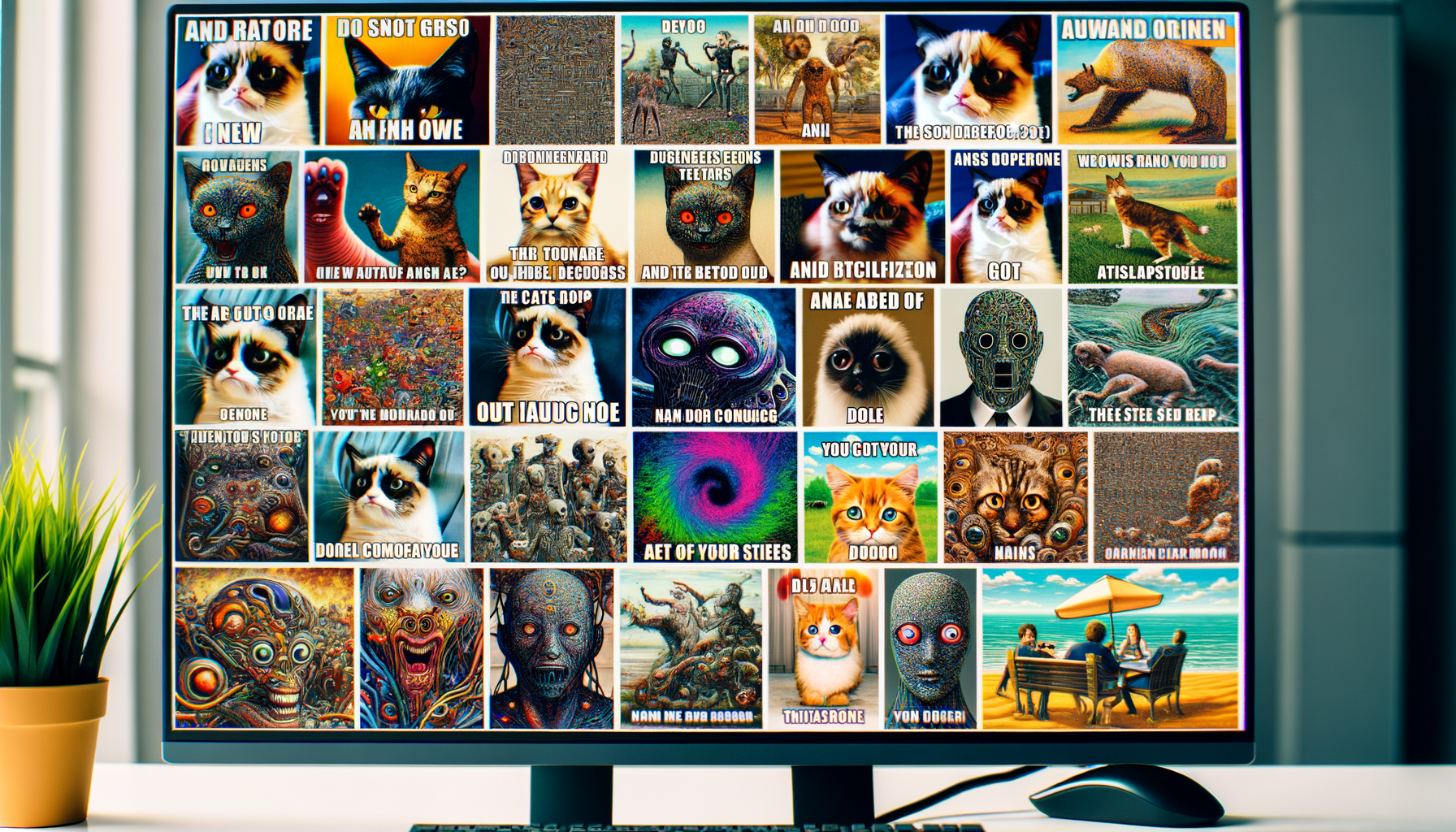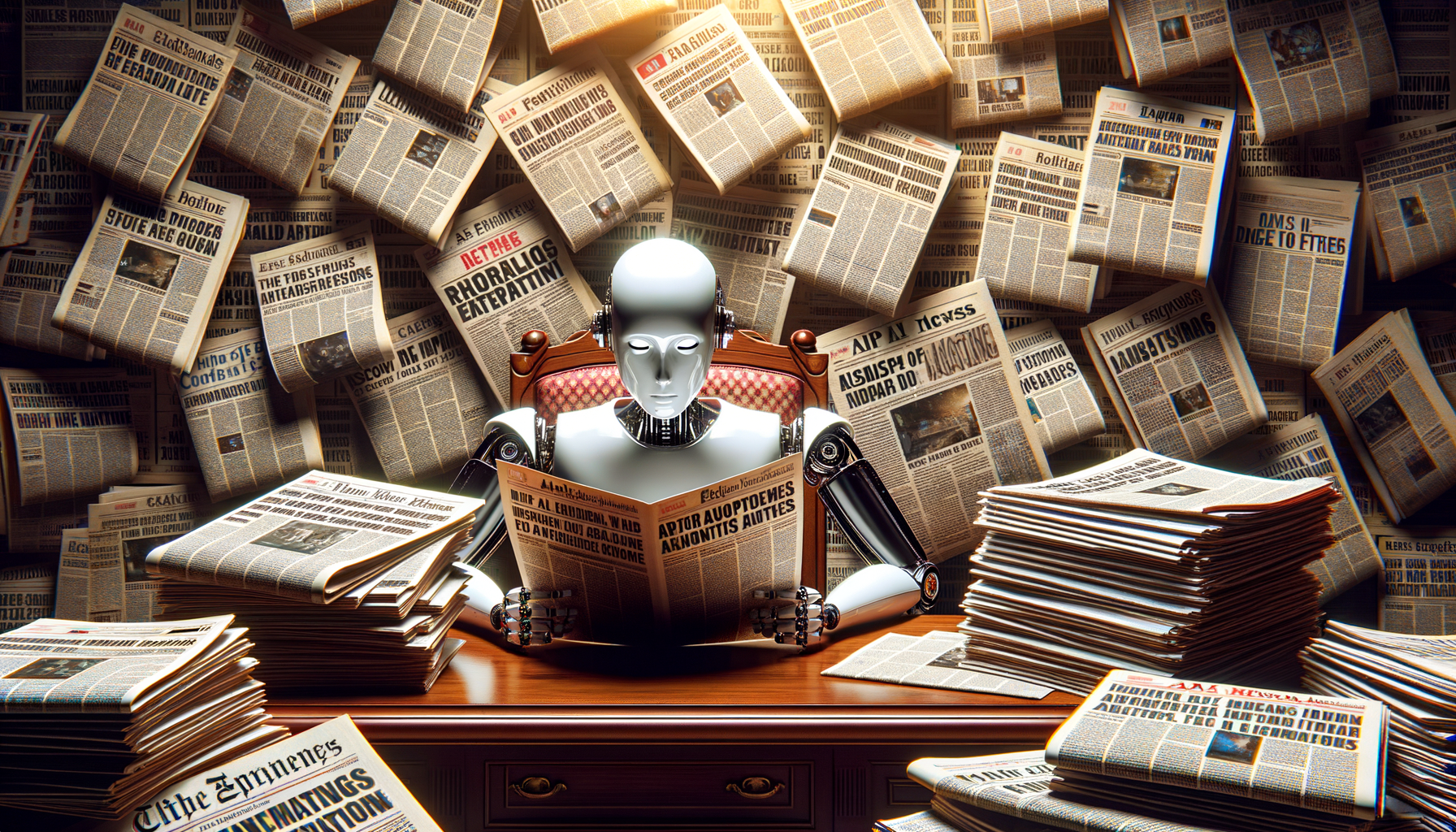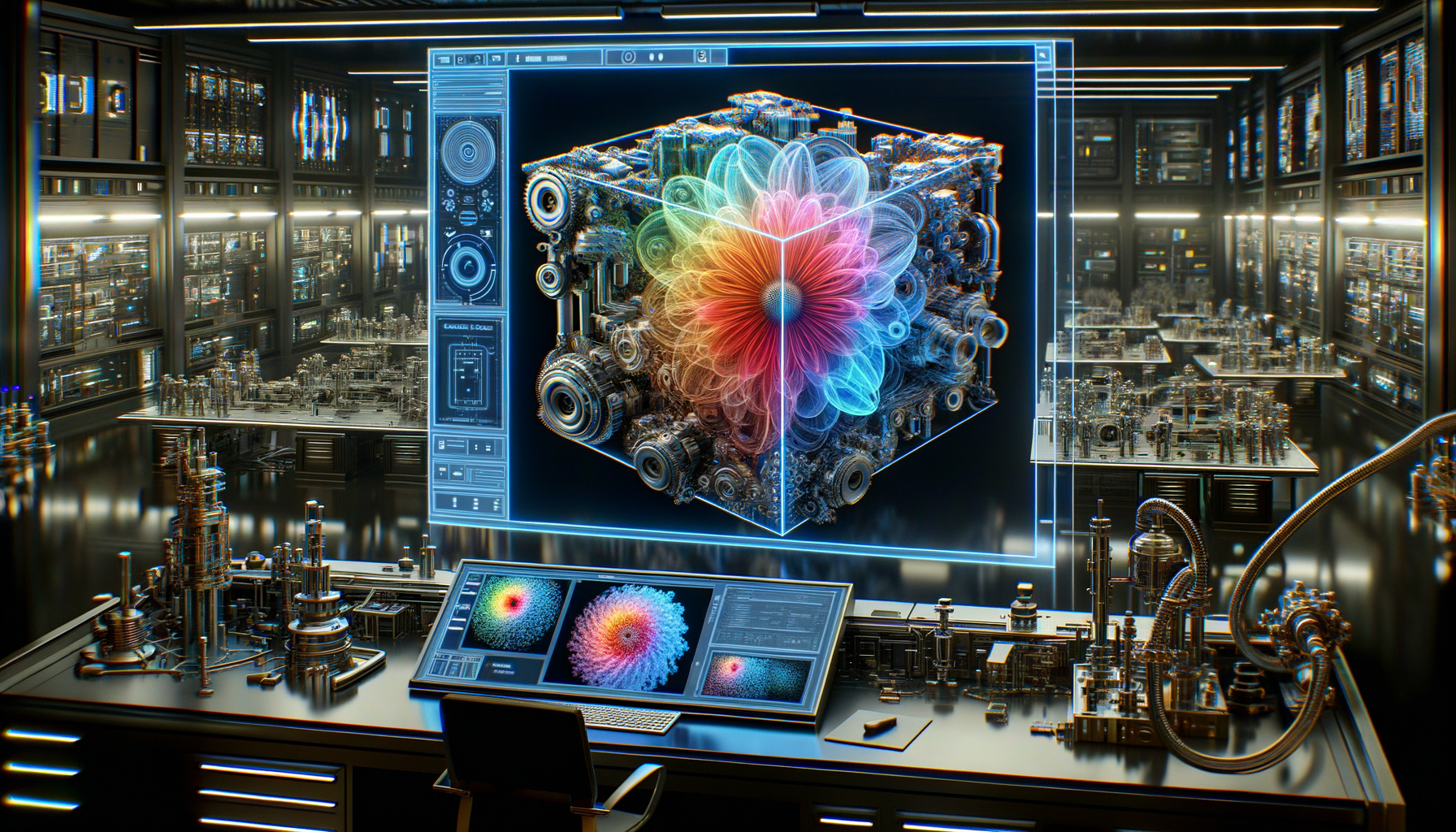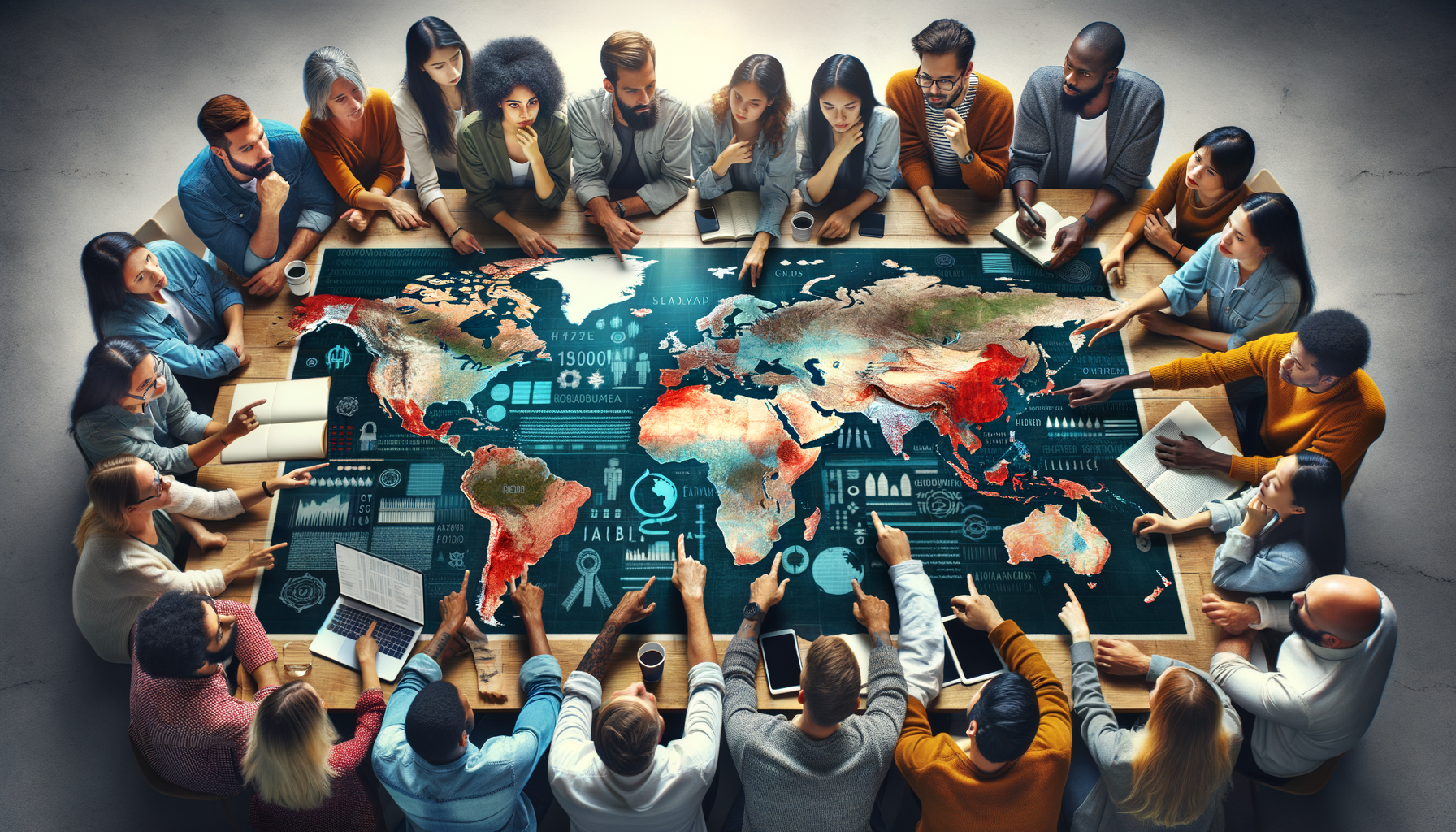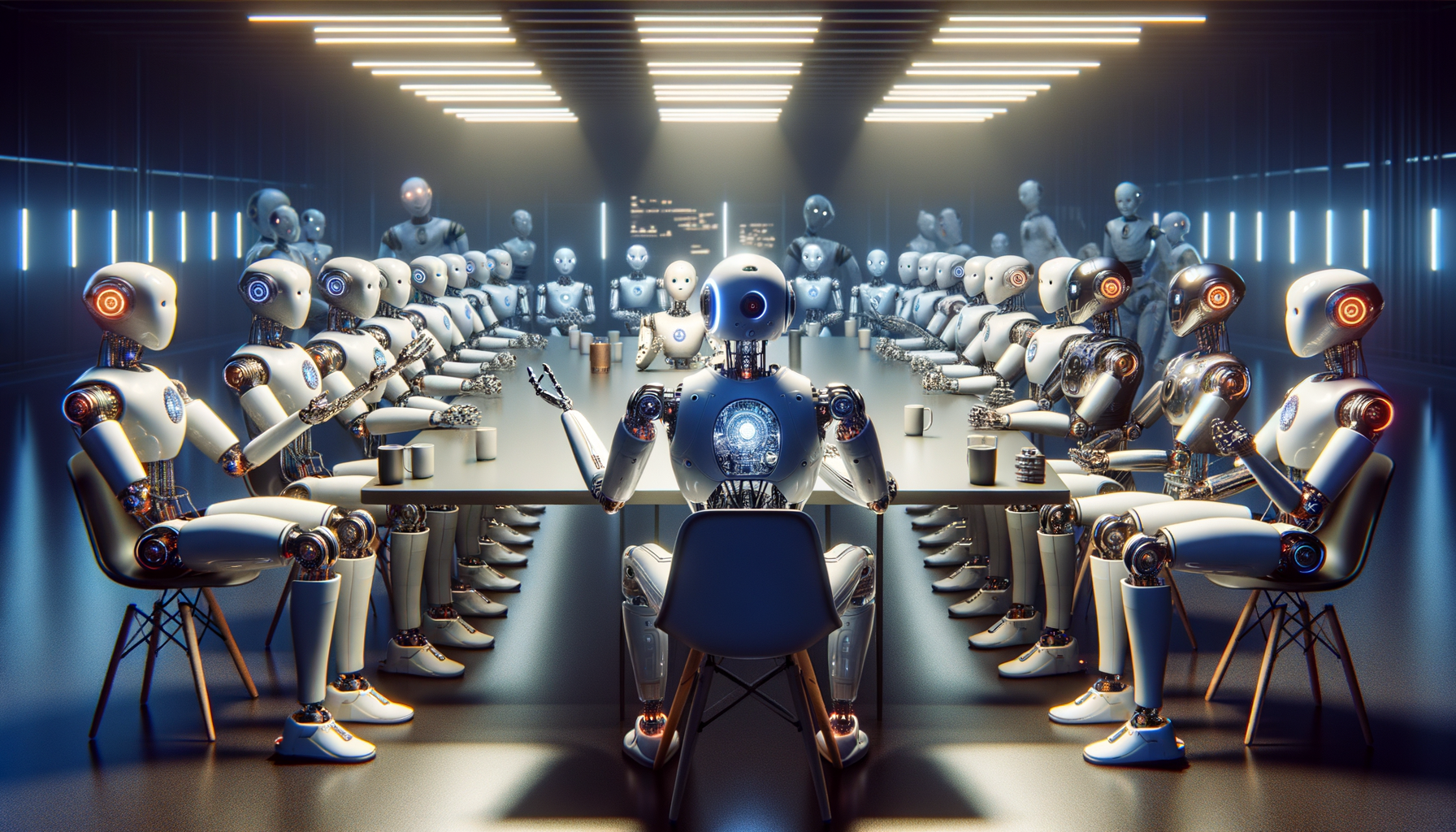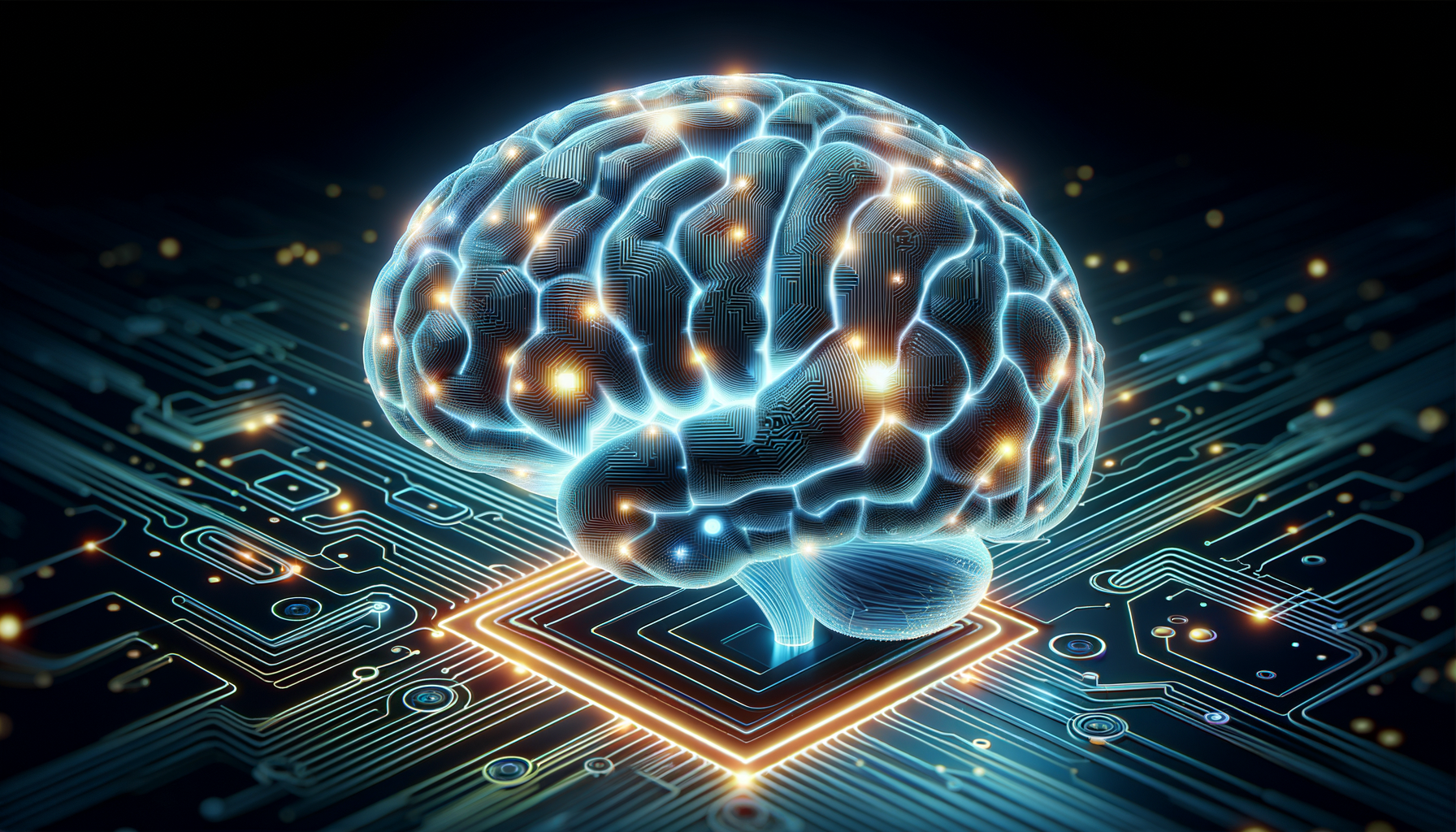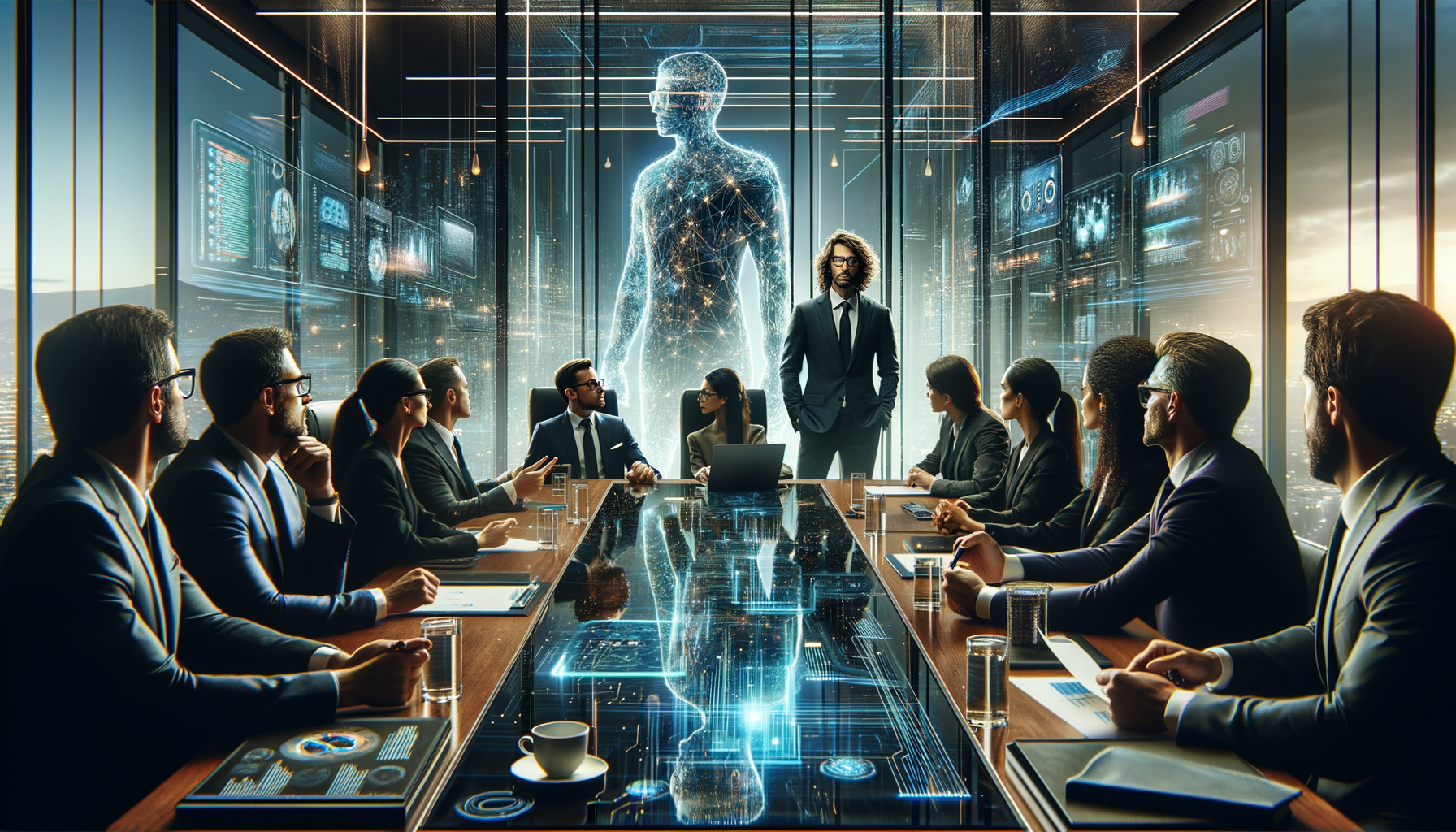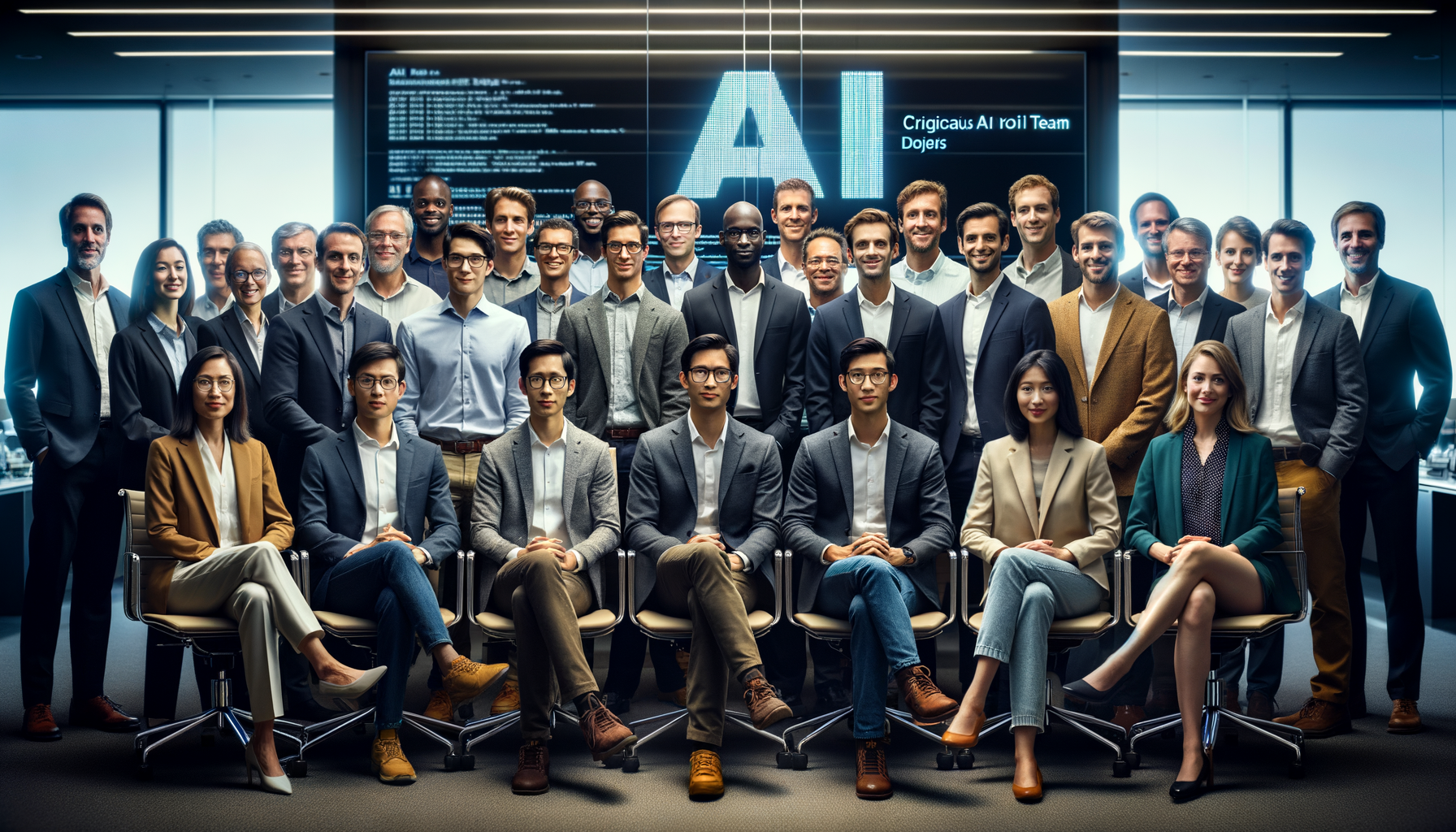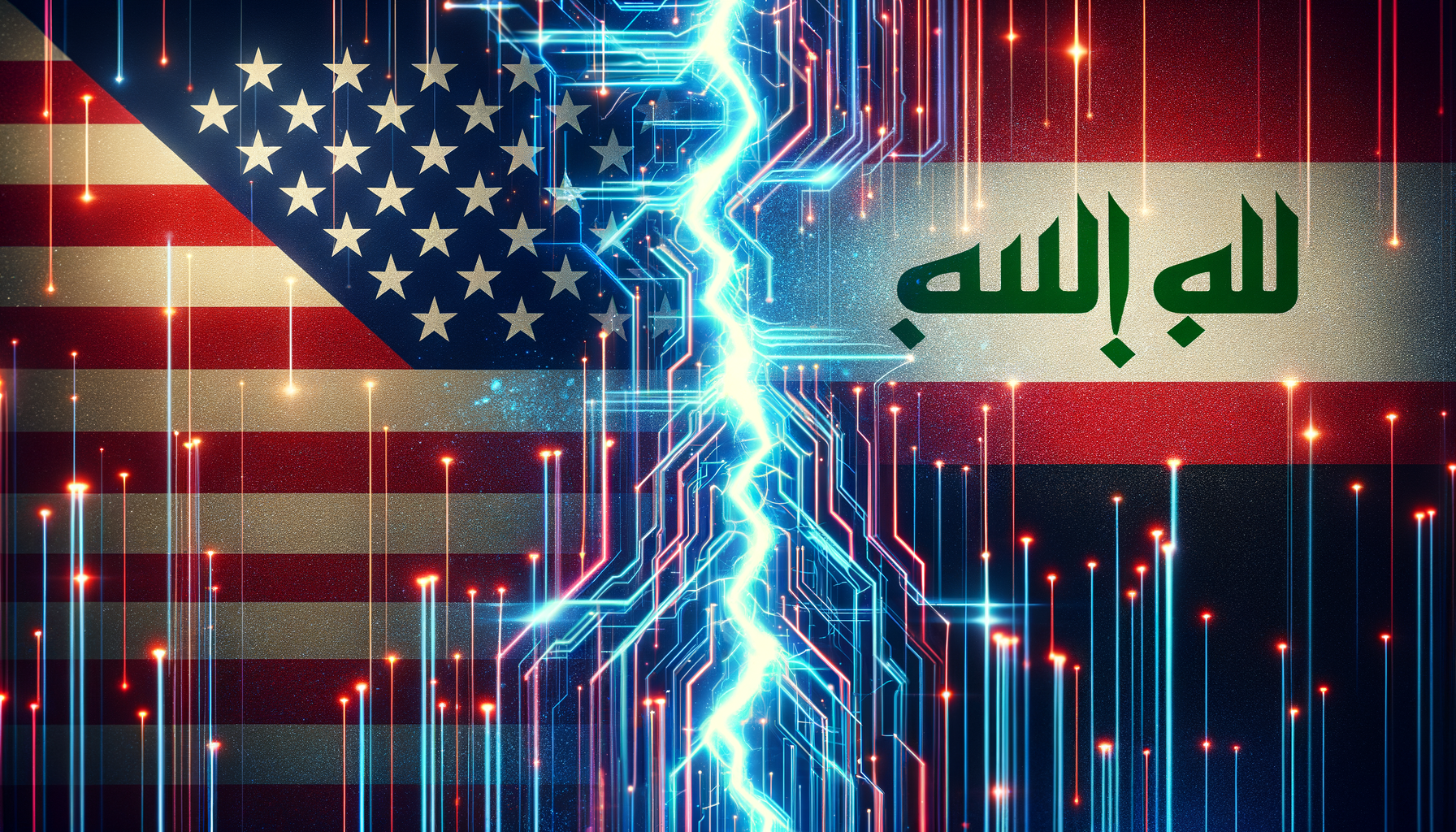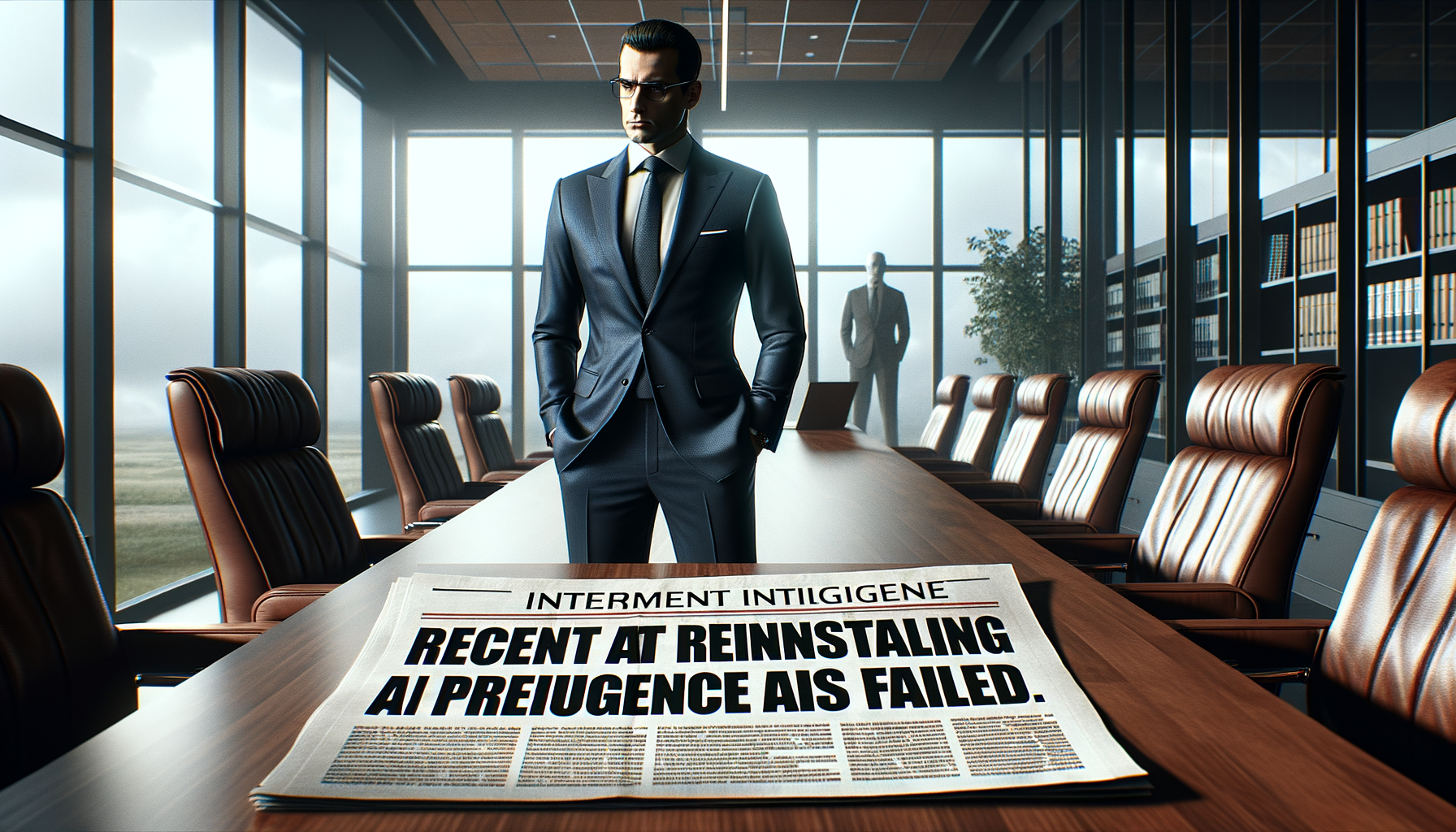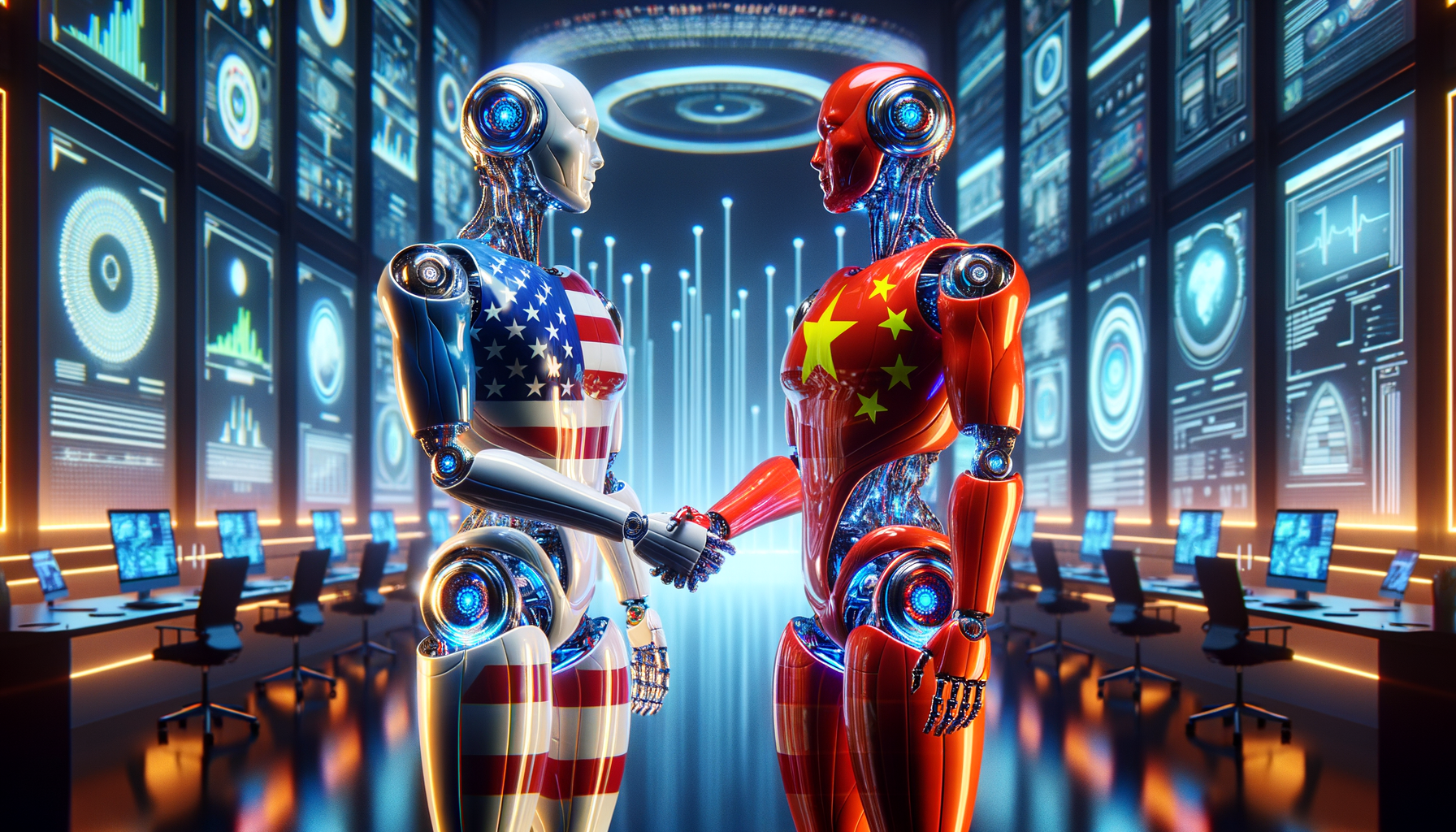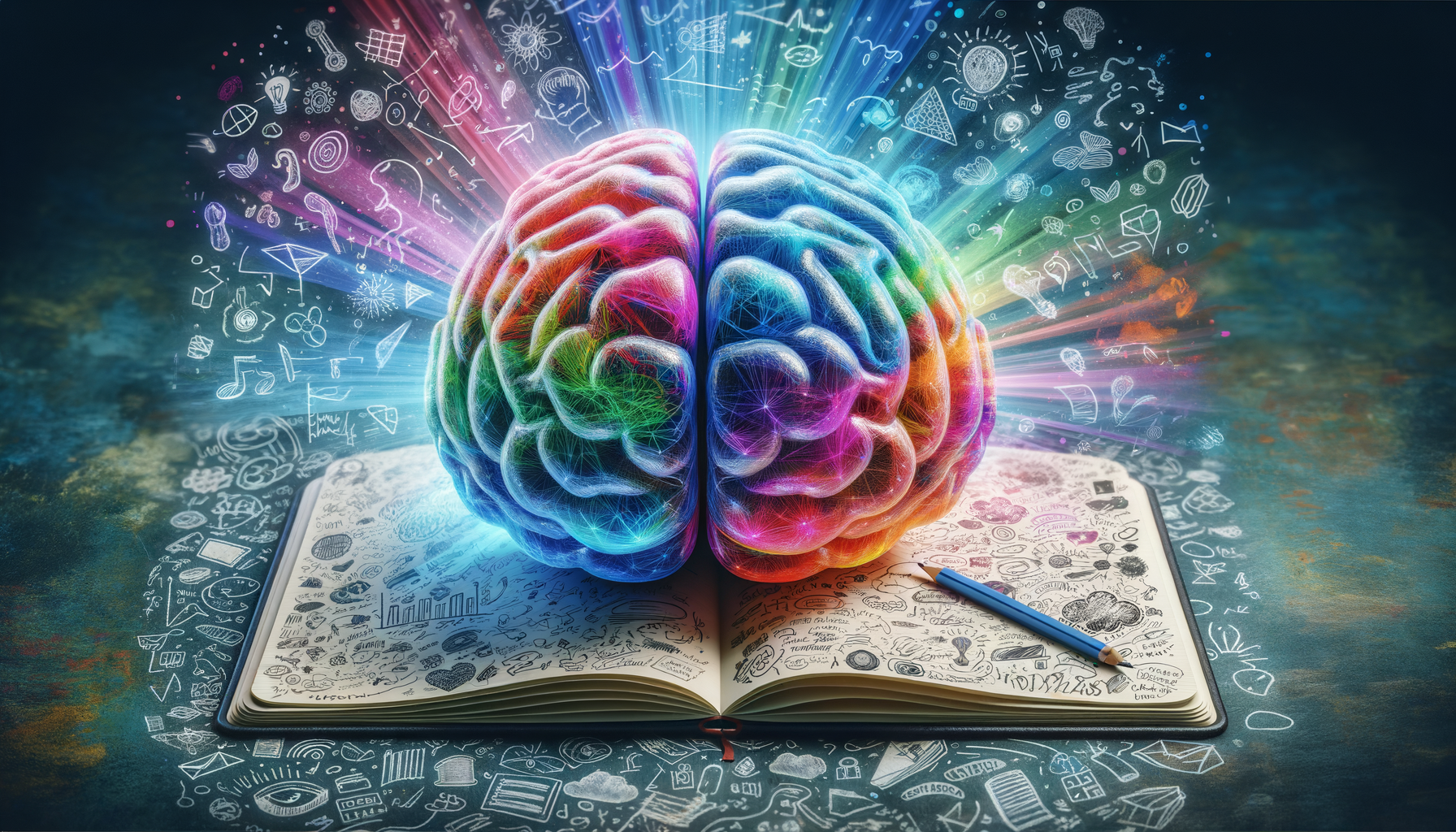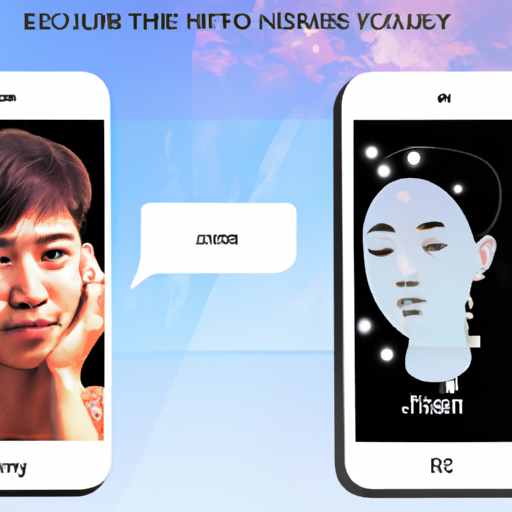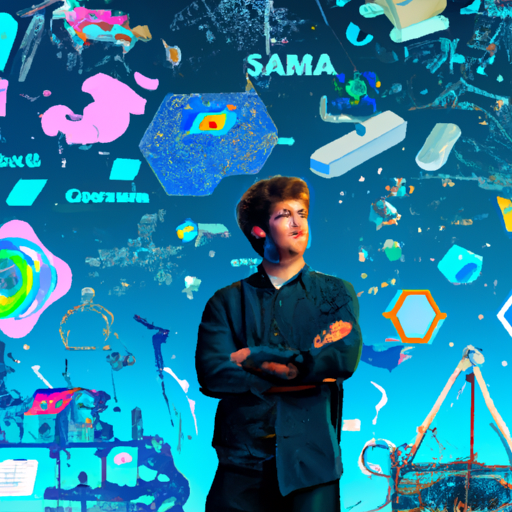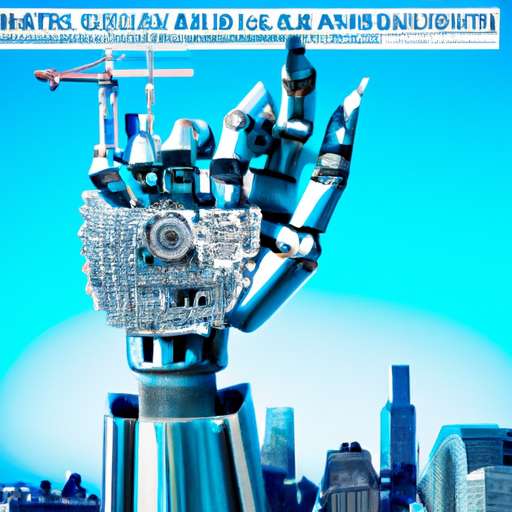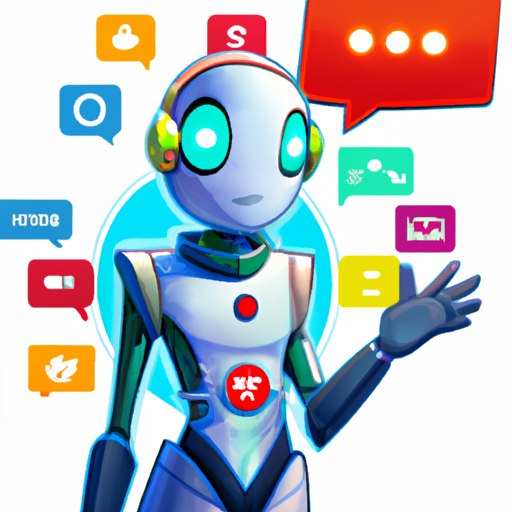
ChatGPT: Celebrating One Year of Revolutionary AI Interaction
The world of artificial intelligence experienced a seismic shift when OpenAI launched ChatGPT, a conversational agent designed to interact with users in a natural, intuitive way. As we approach the anniversary of its release, VentureBeat reflects on how this groundbreaking technology has influenced industries, reshaped customer service, and altered the landscape of human-computer communication.
The Dawn of a New AI Era with ChatGPT
ChatGPT, based on the powerful GPT (Generative Pretrained Transformer) architecture, was a leap forward in natural language processing (NLP). Unlike its predecessors, ChatGPT was trained with a diverse range of internet text, allowing it to generate human-like text responses. Its ability to understand context and nuance made it an instant hit among developers, businesses, and casual users alike.
Impact on Customer Service and Engagement
One of the most significant changes brought about by ChatGPT was in the realm of customer service. Companies quickly realized the potential of integrating ChatGPT into their customer support systems. The AI’s capacity to provide immediate, accurate, and contextually relevant answers transformed the way businesses interacted with their customers, leading to increased satisfaction and loyalty.
Revolutionizing Content Creation and Education
Content creators and educators found in ChatGPT a versatile tool for generating written content, brainstorming ideas, and even tutoring students. The AI’s ability to produce coherent and contextually appropriate text made it an invaluable aid for those looking to streamline their writing process or find new ways to engage learners.
Challenges and Ethical Considerations
Despite its many benefits, the introduction of ChatGPT also raised important questions about AI ethics, misuse, and the future of human labor. Concerns about the potential for generating misleading information, the spread of deepfakes, and job displacement in fields like customer service and content creation have been at the forefront of discussions in the AI community.
The Evolution of ChatGPT and Its Ecosystem
Over the past year, OpenAI has continued to refine and update ChatGPT, each iteration bringing improvements in understanding and generating text. The ecosystem around ChatGPT has flourished, with numerous plugins and applications being developed to leverage its capabilities across different platforms and use cases.
ChatGPT-Integrated Products and Tools
For those looking to explore the power of ChatGPT, there are various products and tools available that integrate this AI technology. Here are a few examples:
- AI Customer Service Tools: Enhance your customer service with AI-powered chatbots and support systems.
- Content Creation Software: Streamline your writing process with tools that assist in generating and refining content.
- Educational AI Tutors: Supplement learning with AI that can provide personalized instruction and feedback.
Looking to the Future
As we celebrate the first anniversary of ChatGPT, it’s clear that the journey has only just begun. OpenAI continues to push the boundaries of what’s possible with AI, ensuring that ChatGPT and its successors will keep shaping our digital world. The implications for business, society, and personal productivity are vast, and the potential for further innovation is boundless.
VentureBeat invites you to join us in commemorating this milestone in AI history and to keep an eye on the horizon for what the next year of ChatGPT might bring. The future is bright, and it speaks in natural language.
Stay Informed and Engaged
For those interested in staying up-to-date with the latest developments in AI and ChatGPT, consider subscribing to industry newsletters, attending webinars, and participating in AI-focused communities. The conversation around AI is ever-evolving, and staying informed is key to understanding and leveraging this transformative technology.
As ChatGPT continues to evolve and integrate deeper into various sectors, it is essential to be part of the dialogue that shapes its use for the betterment of all. Join us in celebrating this remarkable milestone in AI and anticipate the wonders yet to come.


